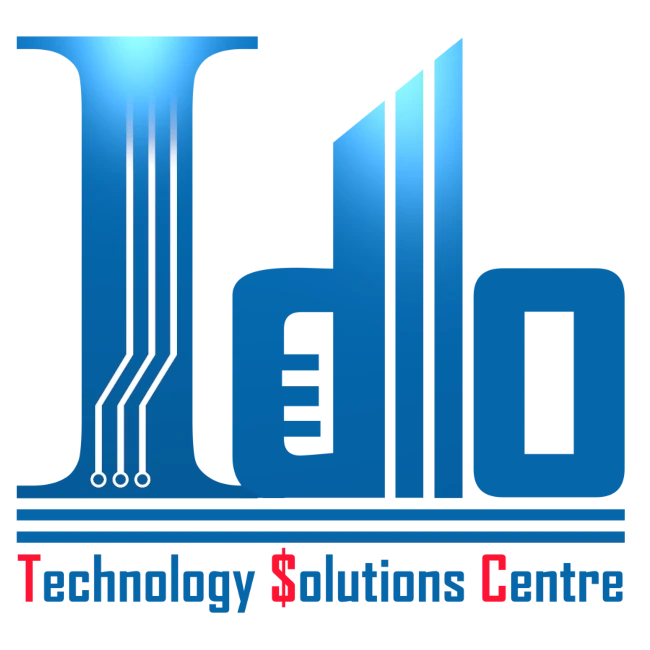OpenAI ‘going for profit’, the story of open-source software going closed.

OpenAI is reportedly in talks to no longer be a non-profit, with CEO Sam Altman in charge.
According to Reuters, OpenAI will restructure its business to attract more investors. The non-profit board will continue to exist, but will only own a small portion of the shares and will no longer have the final say as it does now.
Meanwhile, Sam Altman will receive his first stake in the new for-profit company – expected to be valued at $150 billion after the restructuring. OpenAI is also gradually removing the cap on returns for investors. However, the source stressed that “the plan is still being discussed with lawyers and shareholders, and the completion date has not been determined.”
OpenAI neither confirmed nor denied the Reuters article. “We remain focused on building AI that benefits all, and we are working with the board to ensure the mission is successful. The nonprofit board is core to the mission and will continue to exist,” an OpenAI spokesperson said.
The news of OpenAI’s restructuring comes shortly after Chief Technology Officer Mira Murati announced her resignation on September 25. On the same day, OpenAI CEO Sam Altman also announced that Chief Research Officer Bob McGrew and Vice President of Research Barret Zoph were also leaving.
OpenAI was founded in 2015 and operates as a nonprofit organization, aiming to develop AI that is safe and beneficial to humanity. However, on its website, OpenAI explains that it initially planned to raise about $1 billion in funding for its ambition to build artificial superintelligence (AGI), but several years after its inception, it has only received about $130.5 million.
“Raising too little capital cannot help OpenAI attract talent and invest in increasing computing power, and this is dangerous for our mission. Therefore, we are thinking of a new structure, including a non-profit organization to pursue ambitions and a for-profit organization to attract capital,” the content on the website reads.
According to Business Insider, with that structure, OpenAI can fire anyone in the company, including the highest-ranking person. The department with decision-making power is the entire non-profit board. This is clearly shown through the overthrow of Sam Altman in November 2023. However, he was quickly reinstated after 5 days thanks to the support of employees and investors.
According to observers, in the near future, if the non-profit control is removed, OpenAI will operate like a typical startup and be welcomed by investors because they have poured billions of dollars into the company. However, it has also raised concerns from the AI safety community about the company’s responsibility in pursuing artificial superintelligence, especially since OpenAI dissolved its risk control group earlier this year.
The new structure of OpenAI will be similar to Musk’s rivals Anthropic and xAI. Both are registered as benefit corporations – a type of business that promotes social responsibility and sustainability in addition to making money.
Previously, in late February and early August, billionaire Elon Musk filed lawsuits in federal court in California, alleging that he was deceived by OpenAI’s CEO into co-founding the company. According to Musk, Altman lured him to co-found the company with the promise that “it would be safe and open compared to the profit-driven tech giants”.
After joining and investing millions of dollars, Musk felt betrayed because “Altman told me that he would ensure a non-profit structure that would create neutrality, focus on safety and openness for the benefit of humanity, not shareholder value. But it turned out that this was just charity”.
From the story of OpenAI, we can clearly see the problem of open source code going from open to closed. All software from the goal of serving the community goes to monetization software and closed source code.
The initial goal of open source projects is to use a free policy to attract users. From market feedback, there will be two forms: completely closing the source code or creating closed source code from the provided open source code. This is a common trend for all open source software today.

